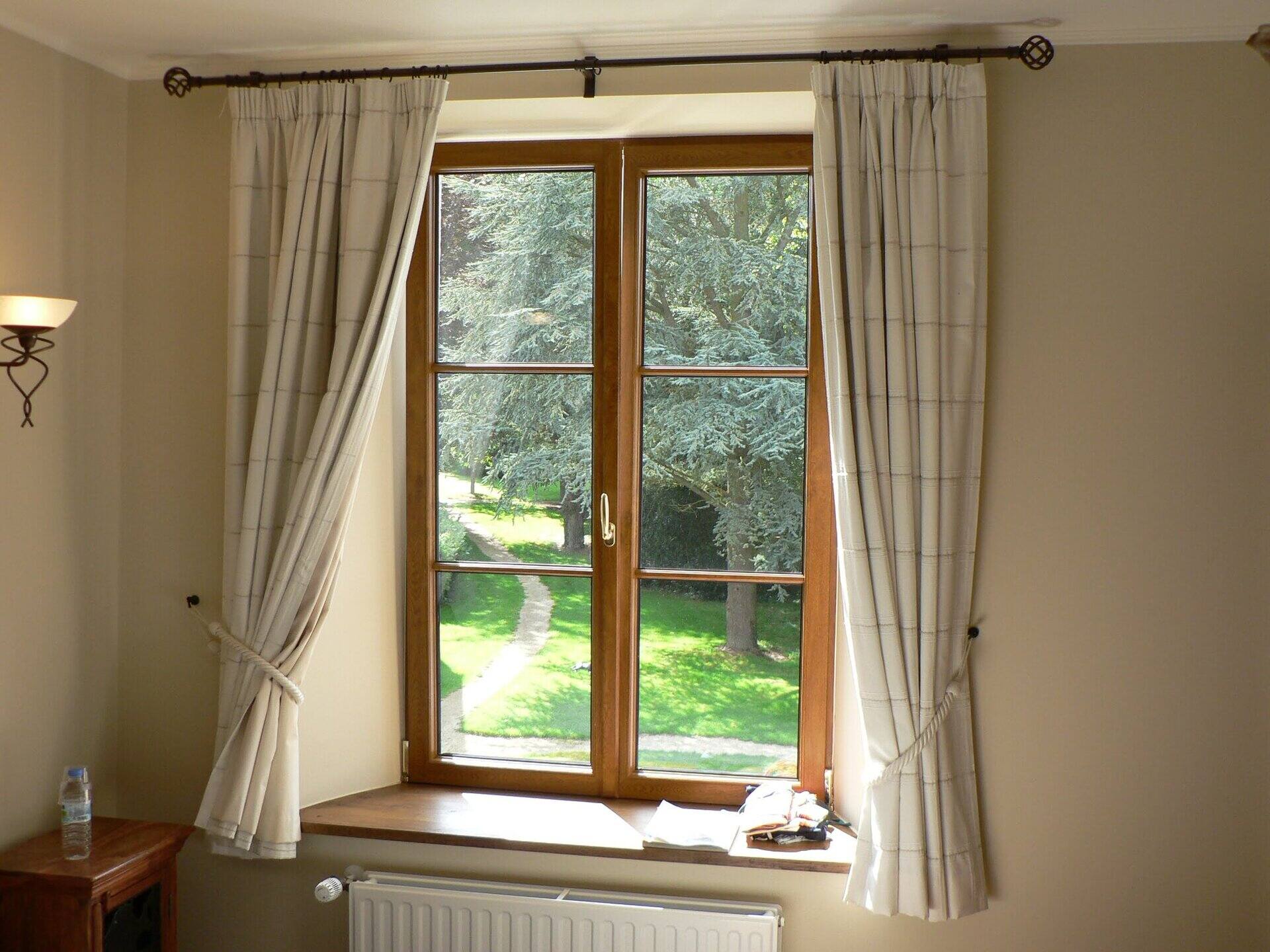

Articles
What Do Curtains Symbolize
Modified: October 20, 2024
Discover the symbolic meaning behind curtains with our insightful articles. Explore their significance in various cultures and learn how they can transform a space.
(Many of the links in this article redirect to a specific reviewed product. Your purchase of these products through affiliate links helps to generate commission for Storables.com, at no extra cost. Learn more)
Introduction
Curtains have been an integral part of interior design for centuries, serving both functional and aesthetic purposes. Beyond their practical use in blocking out light and providing privacy, curtains have also taken on a symbolic significance in various cultures and societies throughout history. These window dressings have become more than just a way to cover windows; they have evolved into a symbol of elegance, style, and comfort.
Throughout the ages, curtains have graced the windows of palaces, mansions, and humble homes alike, adding a touch of sophistication and grace to any space. Beyond their practical function, curtains have become a form of artistic expression, with their colors, patterns, and fabrics reflecting the personal style and taste of the inhabitants.
As we delve deeper into the world of curtains, we will explore their historical significance, cultural symbolism, and the various ways in which they can be interpreted. From the way they enhance privacy and security to the deeper meanings behind their colors and patterns, curtains offer a fascinating insight into the human desire for comfort, beauty, and self-expression.
Join us on this enlightening journey as we unravel the symbolic nature of curtains and discover the hidden messages they convey. Whether you have a passion for interior design or simply appreciate the beauty of these window adornments, this exploration of curtain symbolism is sure to captivate and inspire.
Key Takeaways:
- Curtains symbolize more than just window coverings; they represent divinity, wealth, privacy, and transitions, reflecting our human desire for comfort, beauty, and self-expression throughout history and cultures.
- The choice of curtain colors and patterns holds profound symbolic meanings, evoking emotions and conveying deeper messages, while curtains also play a significant role in literature and art as metaphorical devices representing transitions and revelations.
Read more: What Do Mums Symbolize
Historical Significance of Curtains
The use of curtains dates back thousands of years, with evidence of their existence in ancient civilizations such as Egypt, Mesopotamia, and China. In these early civilizations, curtains were made from materials such as linen, silk, and animal hides, serving both practical and symbolic purposes.
During ancient times, curtains were primarily used to separate different areas within a dwelling, providing privacy and delineating spaces. In palaces and temples, curtains were used to divide ceremonial spaces and create an air of grandeur. They were also used as a form of insulation, helping to regulate temperature and protect against the elements.
In addition to their practical uses, curtains held great symbolic significance in many cultures. In ancient Egypt, for example, curtains were associated with spirituality and divinity. They were used to veil sacred spaces and were believed to serve as a barrier between the mortal world and the realm of the gods.
In medieval Europe, curtains became a symbol of social status and wealth. They adorned the windows of castles and noble residences, signaling to onlookers the prestige and importance of the inhabitants. Elaborate tapestries and richly embroidered fabrics were used to create magnificent curtains that showcased the wealth and power of the ruling elite.
During the Renaissance period, curtains continued to play a significant role in interior design. Magnificent draperies adorned the luxurious palaces and homes of the wealthy, depicting intricate motifs and scenes from mythology or biblical stories. These opulent curtains were seen as a sign of refinement and taste, elevating the aesthetic appeal of the interior spaces.
As time went on, curtains became more accessible to the general population. With the advent of industrialization, the production of textiles and the availability of affordable fabrics increased. This led to the widespread use of curtains in homes of all social backgrounds, transforming them from a luxury reserved for the elite to a common feature in households.
Today, curtains continue to hold historical significance, serving as a link to our past and a reminder of the evolution of interior design. Whether it’s the opulent velvet drapes of the Victorian era or the minimalist sheer curtains of modern homes, the historical influence of curtains can be seen in various styles and designs.
As we move forward, let’s explore the cultural symbolism behind curtains and unveil the hidden meanings they hold in different societies.
Cultural Symbolism of Curtains
Across different cultures and societies, curtains have taken on symbolic meanings that go beyond their practical applications. These symbolic associations vary, reflecting the unique beliefs and values of each culture. Let’s explore some of the cultural symbolism of curtains:
1. Divinity and Spirituality: In many spiritual traditions, curtains have been used to separate sacred spaces from the mundane world. Temples, churches, and shrines often incorporate curtains to mark the entrance to sacred areas or to veil religious icons and altars. The act of parting the curtains can symbolize the transition from the earthly realm into the presence of the divine.
2. Status and Wealth: Throughout history, curtains have been associated with social status and affluence. Elaborate and ornate curtains were often seen in the homes of royalty, nobility, and the upper class. The grandeur of the curtains showcased the wealth and power of the occupants, while simpler curtains were used by the common people. Today, luxurious curtains can still be seen as a symbol of opulence and sophistication.
3. Protection and Security: Curtains have long been used as a means of protecting privacy and creating a sense of security. In some cultures, particularly in the Middle East and parts of Asia, curtains are used on doorways and windows to shield the interior from prying eyes. The presence of curtains signifies a boundary between public and private spheres, providing a sense of sanctuary.
4. Transition and Change: Curtains also symbolize transitions and changes in life. They can be used to mark significant events such as weddings, births, or funerals, where they act as a barrier between the old and the new. In theatrical settings, the opening and closing of curtains mark the beginning and end of a performance, symbolizing the change from one reality to another.
5. Beauty and Aesthetics: Curtains are often chosen for their visual appeal and ability to enhance the overall aesthetic of a space. They can complement the colors and patterns in a room, adding a touch of style and elegance. The choice of fabric, design, and color can speak to the individual’s taste and personality, making curtains an expression of artistic sensibility.
While the cultural symbolism of curtains may vary, they share a common thread in their ability to transform spaces and convey meanings. Whether it’s the spiritual significance of veiling sacred areas, the indication of social status, or the creation of a personal sanctuary, curtains hold a significant place in the cultural fabric of societies around the world.
Next, let’s explore the symbolism of curtains in relation to privacy and security.
Privacy and Security Symbolism
Curtains have long been associated with providing privacy and enhancing security within a space. They serve as a physical barrier, shielding the interior from prying eyes and creating a sense of personal sanctuary. The symbolism of privacy and security in curtains is evident in various cultural and societal contexts:
1. Personal Space and Boundaries: Curtains act as a visual and psychological boundary, delineating the private space of an individual or family. They create a sense of separation between the interior and the outside world, allowing individuals to feel a sense of control over their personal space. Curtains can be drawn to create a refuge from the outside world, providing a sense of peace and tranquility.
2. Cultural Norms and Modesty: In many cultures, modesty and privacy are highly valued. Curtains play a vital role in upholding these values by covering windows and doorways, preventing outsiders from peeking into private spaces. This symbolism of modesty and privacy is particularly prevalent in societies where gender segregation or conservative dress codes are practiced.
3. Protection from the Elements: Curtains not only offer privacy from prying eyes but also serve as a shield against external elements. They can help block out excessive sunlight, noise from the streets, and even provide insulation against extreme temperatures. In this way, curtains contribute to creating a safe and secure environment within a home or any other space.
4. Cultural Practices and Rituals: Privacy and security symbolism can be observed in cultural practices and rituals as well. For example, in some Eastern cultures, red curtains are used to block the evil spirits and safeguard the home during festive occasions or important events. Similarly, curtains are often used to veil sacred spaces during religious rituals, providing a sense of privacy and reverence.
5. Visual and Psychological Comfort: Beyond their practical function, curtains contribute to a sense of visual comfort and well-being. The feeling of being cocooned in one’s own space, away from the watchful eyes of others, can offer a sense of security and relaxation. This visual privacy can have a profound psychological impact, promoting feelings of safety and serenity within a space.
The privacy and security symbolism associated with curtains underscores the importance of personal boundaries and the innate human need for a sense of safety and control. From traditional cultural practices to modern interior design choices, curtains continue to play a significant role in providing privacy, maintaining security, and contributing to the overall well-being of individuals and communities.
Now let us explore the decorative and stylistic significance of curtains.
Decorative and Stylistic Significance
Beyond their practical function of providing privacy and blocking out light, curtains hold great decorative and stylistic significance in interior design. They have the power to transform a space, adding a touch of elegance, personality, and warmth. Let’s explore the decorative and stylistic symbolism of curtains:
1. Enhancing the Aesthetic Appeal: Curtains can greatly enhance the overall aesthetic of a room, tying together various elements and creating a cohesive look. They can add texture, color, and pattern to an otherwise plain space, bringing visual interest and depth to the room. Whether it’s delicate sheer curtains for a light and airy feel or sumptuous velvet drapes for a luxurious ambiance, curtains have the ability to set the tone and style of a room.
2. Creating a Focal Point: Curtains, especially when chosen with care, have the potential to become the focal point of a room. Bold patterns, vibrant colors, or unique fabrics can draw attention and become a statement piece within the space. This can be particularly effective when other elements in the room are kept more subdued, allowing the curtains to take center stage and become a visual highlight.
3. Adding Texture and Depth: The fabric used for curtains can add texture and depth to a room, creating a sense of richness and variety. From the smooth and sleek look of silk curtains to the cozy and inviting feel of linen or velvet, the choice of fabric can significantly impact the ambiance of a space. Texture can also be achieved through the use of embellishments, such as tassels, trimmings, or embroidery, adding further visual interest.
4. Personal Expression and Style: The selection of curtains offers an opportunity for personal expression and style. Whether someone prefers a minimalist, Scandinavian-inspired design or a more maximalist, bohemian look, curtains can reflect individual tastes and preferences. They can be used to showcase personal style and preferences, contributing to the overall aesthetic of the space while creating a sense of uniqueness and individuality.
5. Versatility and Adaptability: Curtains are incredibly versatile in terms of style and design, allowing for easy adaptation and change. They can be replaced or updated to refresh the look of a space without significant expense or effort. This versatility allows for creativity and experimentation when it comes to interior design, enabling individuals to easily adapt their curtains to reflect changing trends, seasons, or personal preferences.
The decorative and stylistic significance of curtains goes beyond their practical function and speaks to their ability to enrich and elevate the aesthetics of a space. From serving as a focal point to adding texture and reflecting personal style, curtains play a vital role in creating visually appealing and inviting interiors.
Now let’s move on to exploring the symbolism of curtain colors.
Curtains often symbolize boundaries, privacy, and concealment. They can represent the divide between public and private life, or the unveiling of hidden truths. Consider the context and the specific details of the curtains in a literary work or artwork to understand their symbolic meaning.
Read more: What Do Altar Candles Symbolize
Symbolism of Curtain Colors
The choice of color in curtains can have a profound impact on the atmosphere and mood of a room. Different colors evoke different emotions and convey various symbolic meanings. Let’s explore the symbolism associated with common curtain colors:
1. White: White curtains often symbolize purity, innocence, and simplicity. They can create a sense of serenity and tranquility, making them popular choices for bedrooms and spaces where a calm and peaceful ambiance is desired. White curtains also have a timeless and classic appeal, easily complementing various interior design styles.
2. Beige or Neutral Tones: Beige and other neutral tones in curtains are often associated with warmth, comfort, and a sense of grounding. These colors can create a cozy and inviting atmosphere, making them ideal for living rooms and relaxation areas. Neutral curtains provide a versatile backdrop, allowing other elements in the room to stand out while providing a harmonious and balanced look.
3. Blue: Blue is often associated with calmness, tranquility, and a sense of serenity. Curtains in shades of blue can create a soothing and peaceful ambiance, making them popular choices for bedrooms and spaces where relaxation is essential. Lighter shades of blue evoke a sense of freshness and airiness, while darker shades can add depth and richness to the room.
4. Red: Red curtains symbolize passion, energy, and vitality. They can add warmth and create a dramatic focal point in a space. Red curtains are often associated with romance and sensuality and are frequently used to create a bold and striking statement. They can be an excellent choice for spaces where a vibrant and passionate atmosphere is desired.
5. Green: Green curtains represent nature, growth, and harmony. They create a sense of freshness, renewal, and balance within a space. Green curtains can evoke feelings of serenity and relaxation, making them suitable for areas where a connection to the outdoors or a sense of tranquility is desired. Lighter shades of green can create a calming oasis, while deeper shades can add richness and a touch of luxury.
6. Black: Black curtains symbolize elegance, sophistication, and a sense of mystery. They can add a dramatic and glamorous touch to a space, particularly when paired with vibrant or contrasting colors. Black curtains are popular in modern or contemporary interior design styles, as they can create a bold and impactful statement.
It’s important to note that color symbolism can vary across cultures and personal interpretations. Additionally, the overall color scheme and the interplay between different colors in the room should also be considered when choosing curtain colors to ensure a harmonious and cohesive look.
Next, let’s explore the symbolism found in various curtain patterns.
Symbolism in Curtain Patterns
Curtain patterns can add visual interest and convey symbolic meanings within a space. From floral motifs to geometric designs, different patterns evoke different emotions and create unique atmospheres. Let’s explore the symbolism associated with common curtain patterns:
1. Floral Patterns: Floral patterns signify beauty, nature, and vitality. They infuse a space with a sense of freshness and provide a connection to the natural world. Floral patterns can range from delicate and intricate designs to bold and vibrant blooms, offering a wide range of styles and moods. They are often used in spaces where a touch of femininity and charm is desired.
2. Geometric Patterns: Geometric patterns symbolize order, structure, and balance. They create a sense of rhythm and harmony within a space. Geometric patterns can range from simple and repetitive shapes like stripes and chevrons, to complex patterns like intricate mosaics. They can add a modern and contemporary look, bringing visual interest and a sense of structure to a room.
3. Damask Patterns: Damask patterns are ornate and intricate designs that often incorporate floral motifs. They are associated with luxury, elegance, and opulence. Damask patterns can bring a sense of regality and sophistication to a space, making them popular choices for formal living rooms, dining areas, or master bedrooms. They add a touch of grandeur and richness to the overall décor.
4. Striped Patterns: Striped patterns symbolize movement, direction, and energy. Depending on the direction and width of the stripes, they can create different effects. Vertical stripes can make a room appear taller and more spacious, while horizontal stripes can create a sense of width. Stripes can range from bold and contrasting colors to subtle and monochromatic tones, allowing for a versatile use of pattern and style.
5. Paisley Patterns: Paisley patterns are intricate and swirling designs that originated in Persia and have become popular worldwide. They symbolize exoticism, creativity, and a sense of adventure. Paisley patterns offer a bohemian and eclectic look, adding a touch of culture and uniqueness to a space. They are often used in spaces where an eclectic or global aesthetic is desired.
6. Abstract Patterns: Abstract patterns, with their non-representational designs and shapes, offer a sense of artistic expression and creativity. They stimulate the imagination and can evoke a range of emotions and interpretations. Abstract patterns can add a contemporary and avant-garde look to a space, making them popular in modern and artistic interior designs.
It’s important to consider the overall style and theme of the room when choosing curtain patterns. The pattern should complement other elements in the space and create a cohesive look. Additionally, personal taste and preferences play a role in selecting a pattern that resonates with the individual’s unique style and personality.
Now let’s explore the symbolic significance of curtains in relation to transitions and changes in life.
Curtains as a Symbol of Transition
Curtains have long been regarded as symbols of transition and change. As they can be opened and closed, curtains represent the concept of revealing or concealing, marking the passage from one state to another. Let’s explore the symbolic significance of curtains as a representation of transition:
1. Opening and Closing: The act of opening or closing curtains can symbolize the transition from one phase to another. When curtains are drawn open, they reveal what was previously hidden, allowing light to enter and illuminating the space. This action represents moving forward, embracing change, and welcoming new possibilities. On the other hand, closing curtains can represent the desire for privacy, signaling a transition from the public to the personal realm.
2. Bridging the Inside and Outside: Curtains act as a bridge between the interior and the exterior, serving as a threshold that separates and connects two different spaces. This symbolism of transition is particularly evident in how curtains are used in doorways and windows. When drawn aside, curtains invite passage and connection between the inside and outside worlds. Conversely, closing the curtains creates a visual divide, signifying a transition from one domain to another.
3. Shifting Atmospheres: Curtains can significantly impact the atmosphere of a room by controlling the amount of light, air, and sound that enters. When curtains are opened, they invite the outside world to mingle with the interior, transforming the ambiance of the space. This transformation represents a transition from one mood or atmosphere to another, influencing the overall feel of the room.
4. Marking Milestones and Rituals: Curtains are often used to mark significant milestones or rituals in life. For example, they may be drawn open to unveil a newly decorated space or drawn closed during a funeral ceremony. By doing so, curtains symbolize the crossing of a threshold or the beginning of a new chapter in life. They signify the ending of one phase and the commencement of another, allowing individuals to acknowledge and embrace change.
5. Symbolism in Theater and Performance Arts: Curtains have long been associated with theatrical productions and performance arts. The opening and closing of curtains on a stage represent the start and end of a performance, marking the transition between the fictional world created on stage and the reality beyond. This symbolism of transition ties into the idea of the temporary nature of the performance and the transformative power of storytelling.
Curtains as a symbol of transition remind us of the constant changes in life and the fluidity of time. They serve as a gentle reminder to embrace change, adapt to new circumstances, and move forward. Whether it’s the act of drawing open the curtains to welcome the day or closing them to retreat into our personal sanctuaries, curtains reflect the ever-evolving nature of our lives.
Now let’s explore the presence of curtains in literature and art, further highlighting their symbolic significance.
Curtains in Literature and Art
Curtains have made their presence known not only in interior design but also in various works of literature and art. Their symbolic significance is often explored and used as a metaphorical device to convey deeper meanings. Let’s dive into the world of literature and art to discover the presence of curtains and their symbolic role:
Literature: In literature, curtains are often used symbolically to represent transitions, revelations, and the unveiling of truth. They can be employed as a metaphorical barrier that separates two different realms or states of being. For example, in suspenseful stories, the opening or closing of curtains can foreshadow a critical moment or symbolize the unveiling of hidden truths. Curtains can also be used metaphorically to represent privacy, concealment, or the inner world of a character.
One notable example is William Shakespeare’s play “Macbeth,” where the opening and closing of the curtains are used to signify the start and end of significant scenes. In this context, curtains serve as markers of transition and change, shifting the narrative and signaling pivotal moments in the story.
Art: In visual art, curtains are often depicted as a symbolic element that adds depth and visual interest to the composition. Artists utilize the symbolism of curtains to evoke emotions and stimulate the viewer’s imagination. Curtains in artwork can symbolize mystery, concealment, or the act of revealing. They can be used to create a visual narrative, inviting viewers to contemplate what lies beyond the veil.
An example of curtains depicted in art is the famous painting “The Theatre Box” by Pierre-Auguste Renoir. In this artwork, curtains serve as a backdrop, creating a sense of spatial depth and framing the scene. The partially drawn curtains symbolize a transition, giving a glimpse into the private world of theatergoers while maintaining a sense of separation with the audience.
Both literature and art explore the symbolic significance of curtains, capturing their ability to represent transitions, revelations, and the interplay between public and private spheres. By using curtains as a metaphorical device, writers and artists tap into the inherent symbolism and evoke deeper meaning within their works.
As we conclude our exploration of curtains in literature and art, we are reminded of the enduring influence and symbolism of these window dressings. From their historical significance to their cultural symbolism, privacy and security representation, decorative and stylistic significance, and the symbolism of colors and patterns, curtains continue to captivate and inspire.
Now, let’s wrap up our journey through the symbolic world of curtains.
Read more: What Do The Candles On The Menorah Symbolize
Conclusion
Curtains, with their practical functionality and rich symbolism, have woven themselves into the tapestry of human culture and design. They have stood the test of time, evolving from simple coverings to powerful symbols of elegance, privacy, and transition. Throughout history, curtains have held a significant place in our homes, palaces, and sacred spaces, serving as both functional and artistic elements of interior design.
The cultural symbolism of curtains varies across different societies, representing divinity, wealth, and protection. They act as a visual and psychological boundary, marking personal space and offering a sense of privacy and security. Curtains also possess a decorative and stylistic significance, adding texture, color, and pattern to a room while reflecting personal taste and style.
Colors and patterns in curtains further contribute to their symbolic nature. Different colors evoke specific emotions and convey meaning, while patterns create visual interest and convey deeper messages. Curtains serve as a bridge between the inside and outside worlds, marking transitions and creating a sense of change and revelation.
Not only have curtains played a role in interior design, but they have also made appearances in literature and art. They have been used metaphorically to represent moments of revelation, transitions, and the interplay between public and private spheres. Their presence in literary works and visual art reinforces their symbolic significance and their ability to evoke emotions and stimulate the imagination.
Curtains continue to be both practical and symbolic elements in our lives. They provide privacy, enhance security, and contribute to the aesthetic appeal of our spaces. They symbolize transitions, change, and the importance of personal boundaries. With their rich history and cultural significance, curtains serve as a reminder of our shared human desire for comfort, beauty, and self-expression.
So, next time you draw open or close the curtains in your own space, take a moment to appreciate their symbolism and the layers of meaning they hold. From the modest to the majestic, the simple to the ornate, curtains stand as a timeless symbol of our desire to create a personal sanctuary and add a touch of beauty to our surroundings.
Frequently Asked Questions about What Do Curtains Symbolize
Was this page helpful?
At Storables.com, we guarantee accurate and reliable information. Our content, validated by Expert Board Contributors, is crafted following stringent Editorial Policies. We're committed to providing you with well-researched, expert-backed insights for all your informational needs.


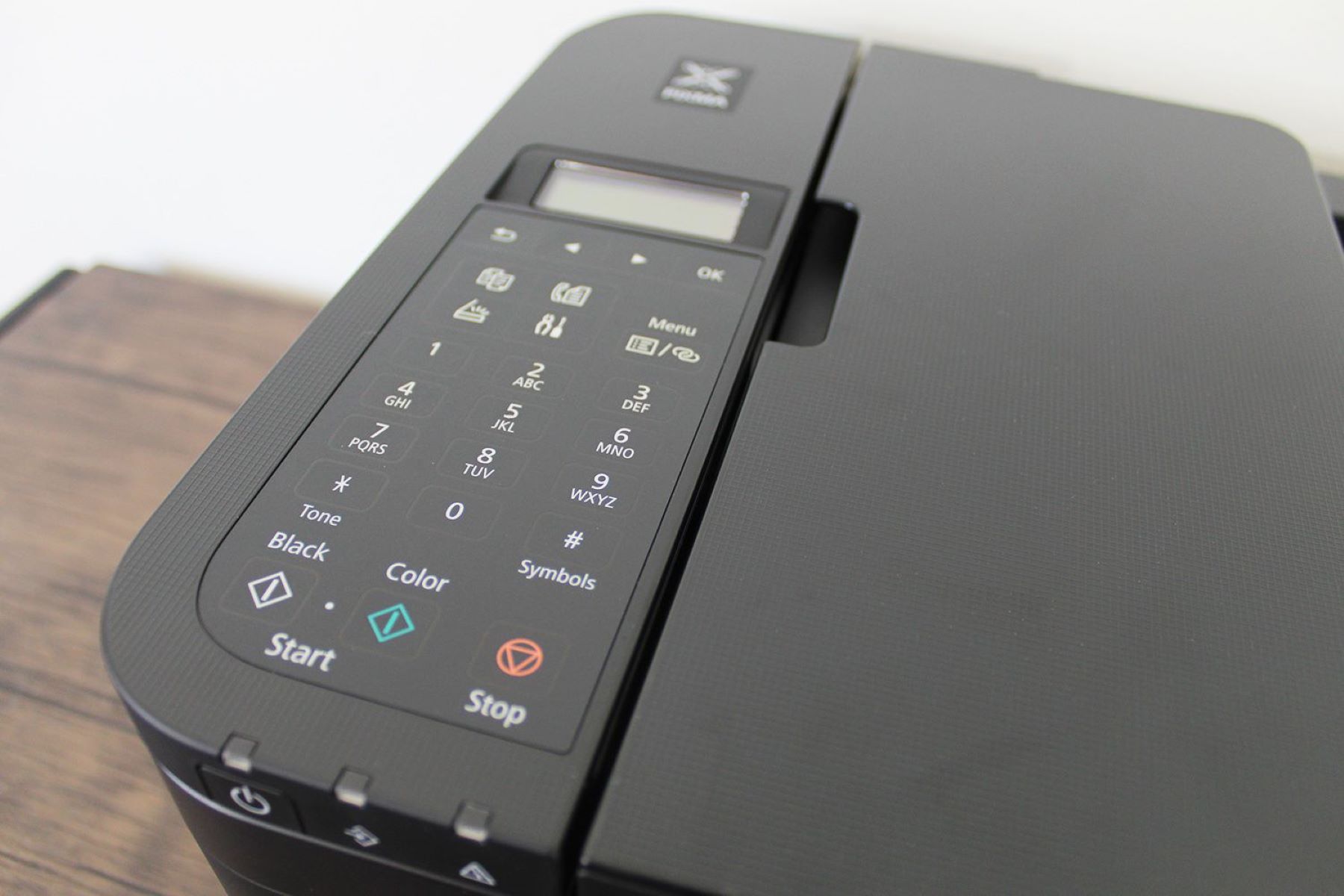
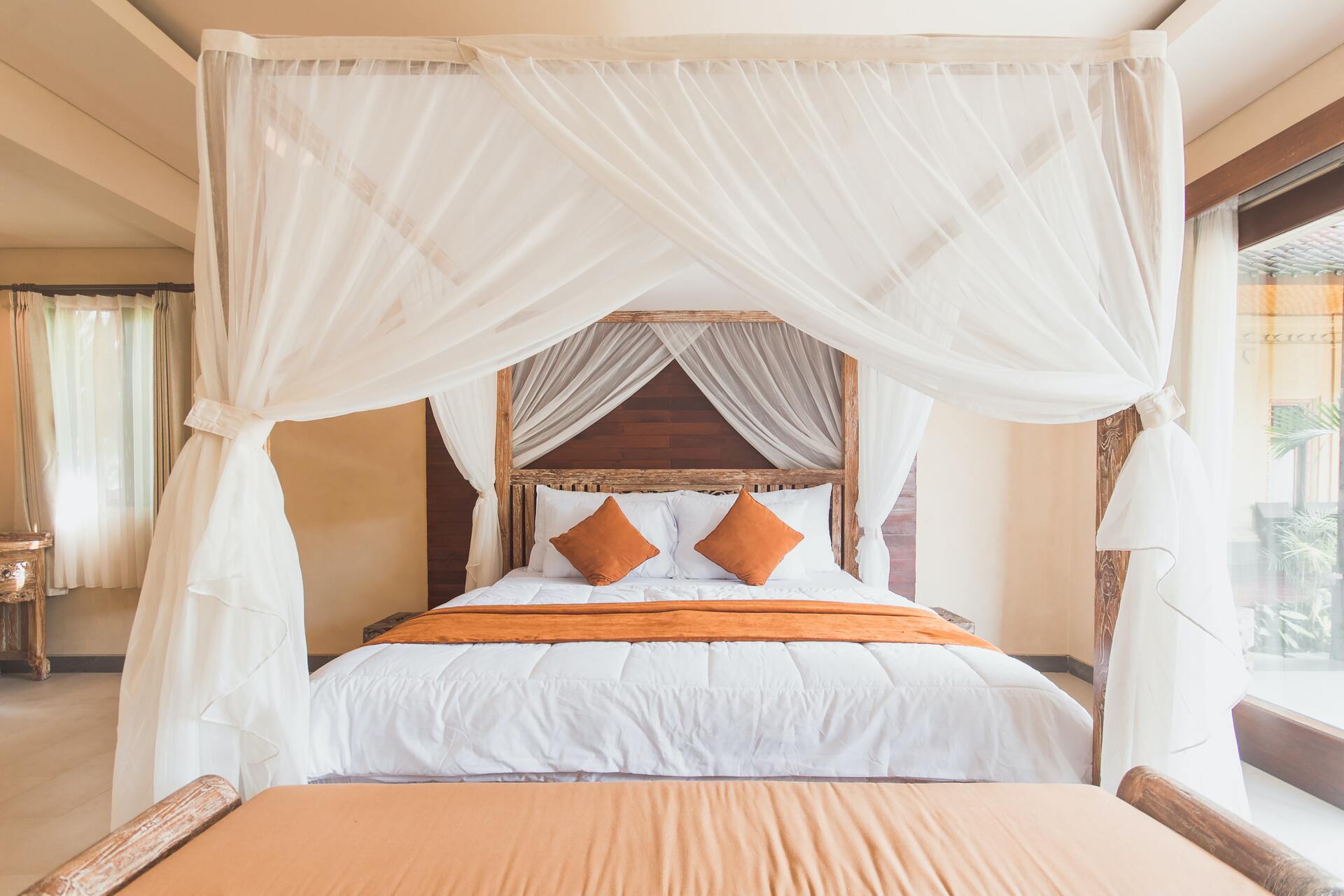

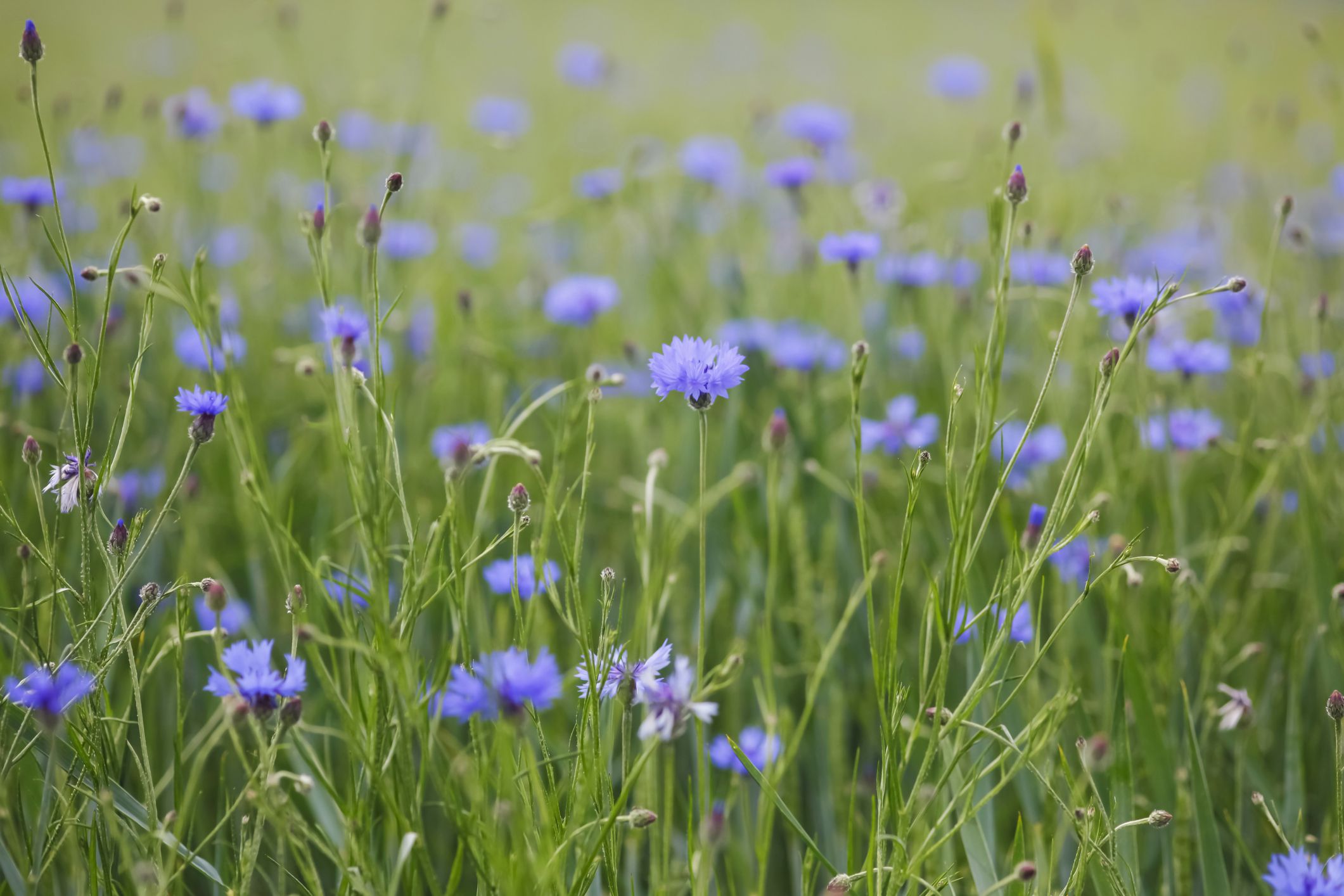
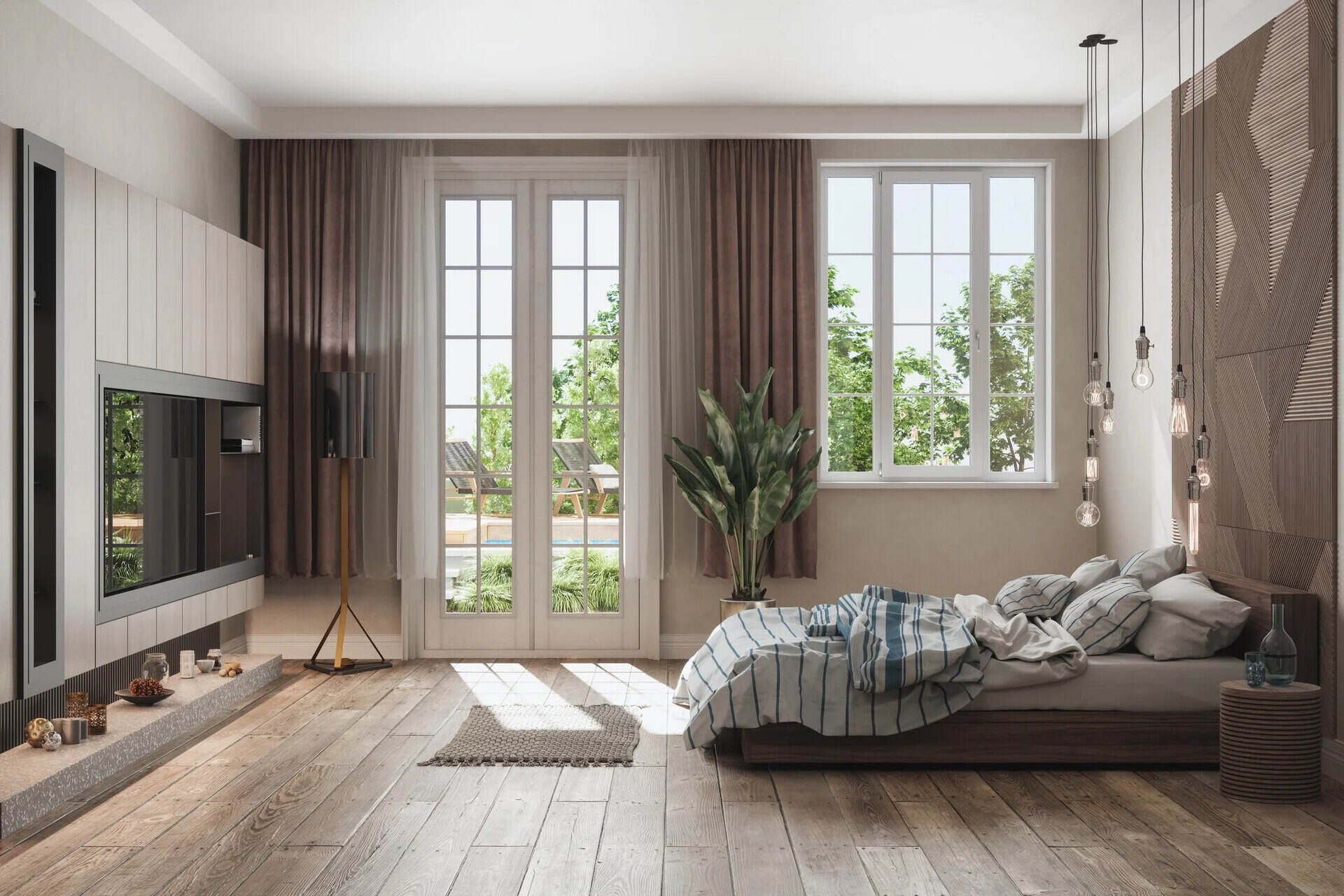
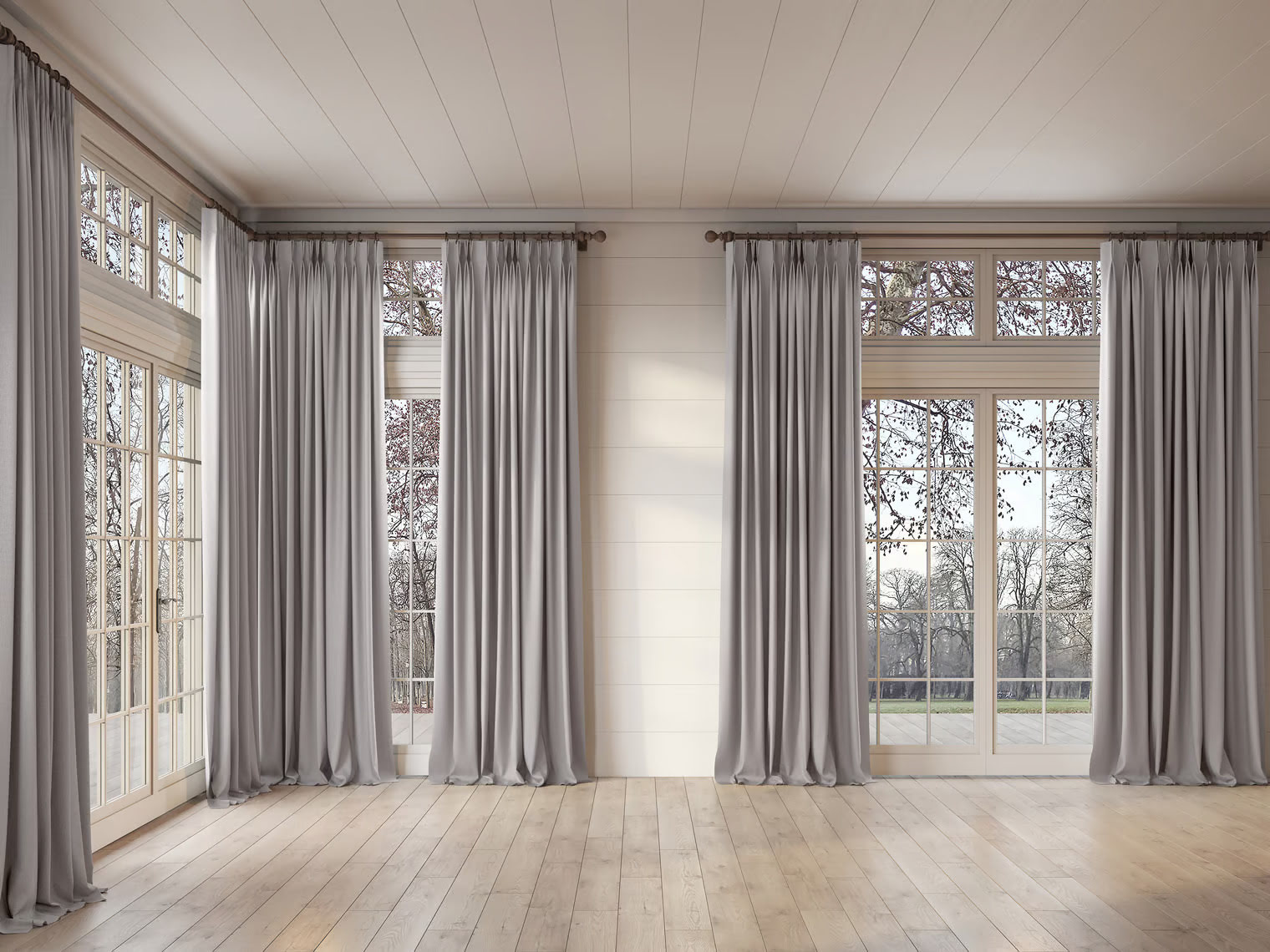
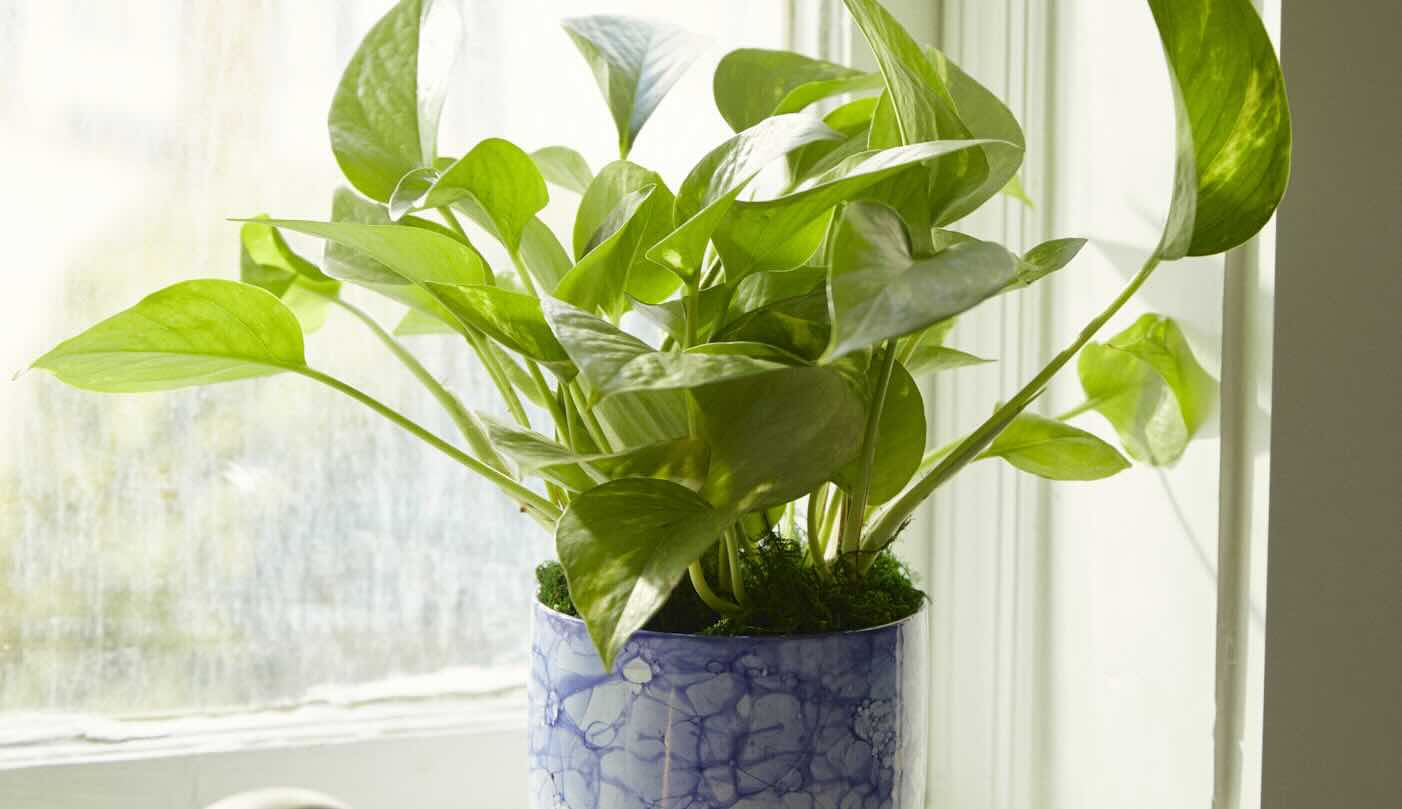
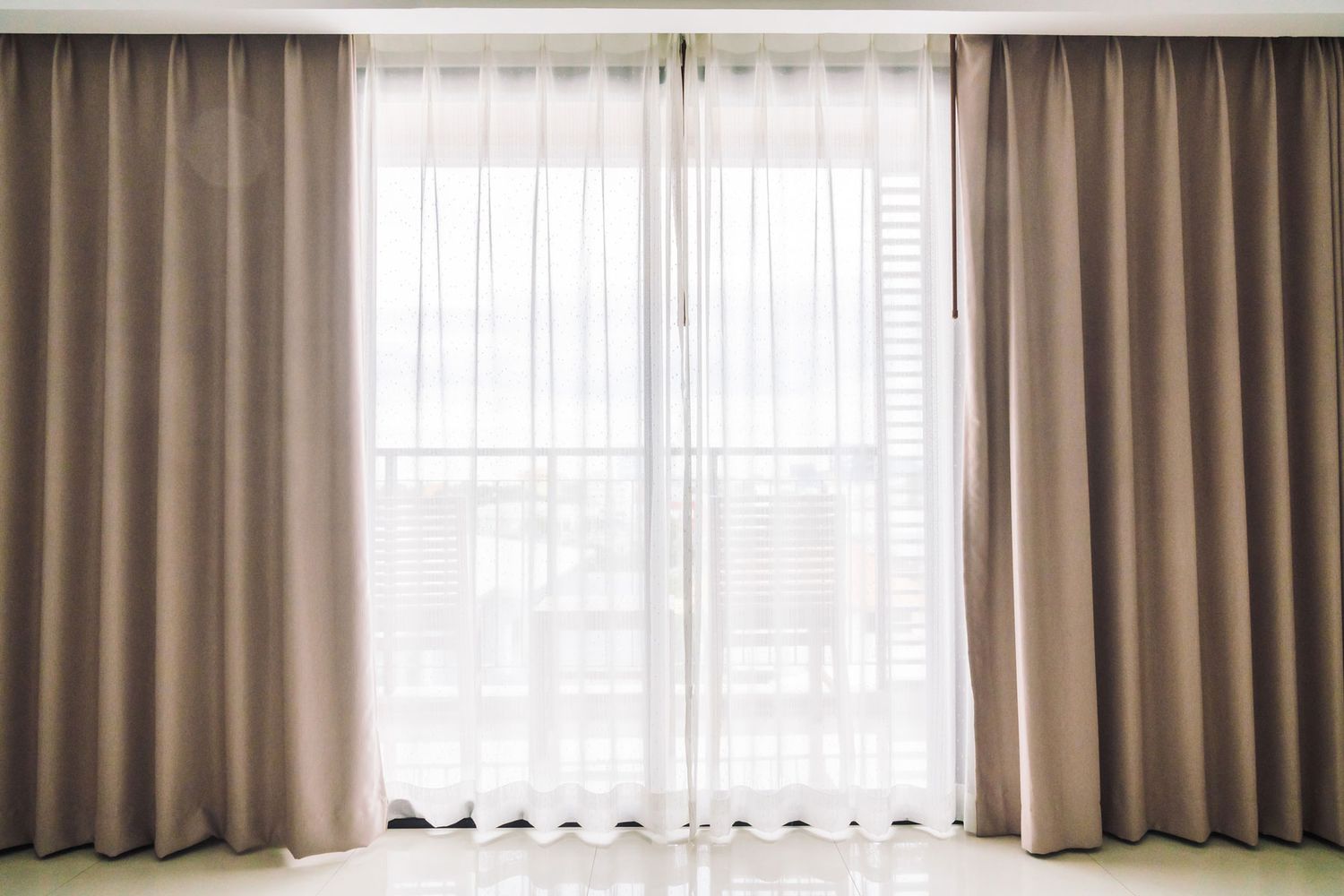


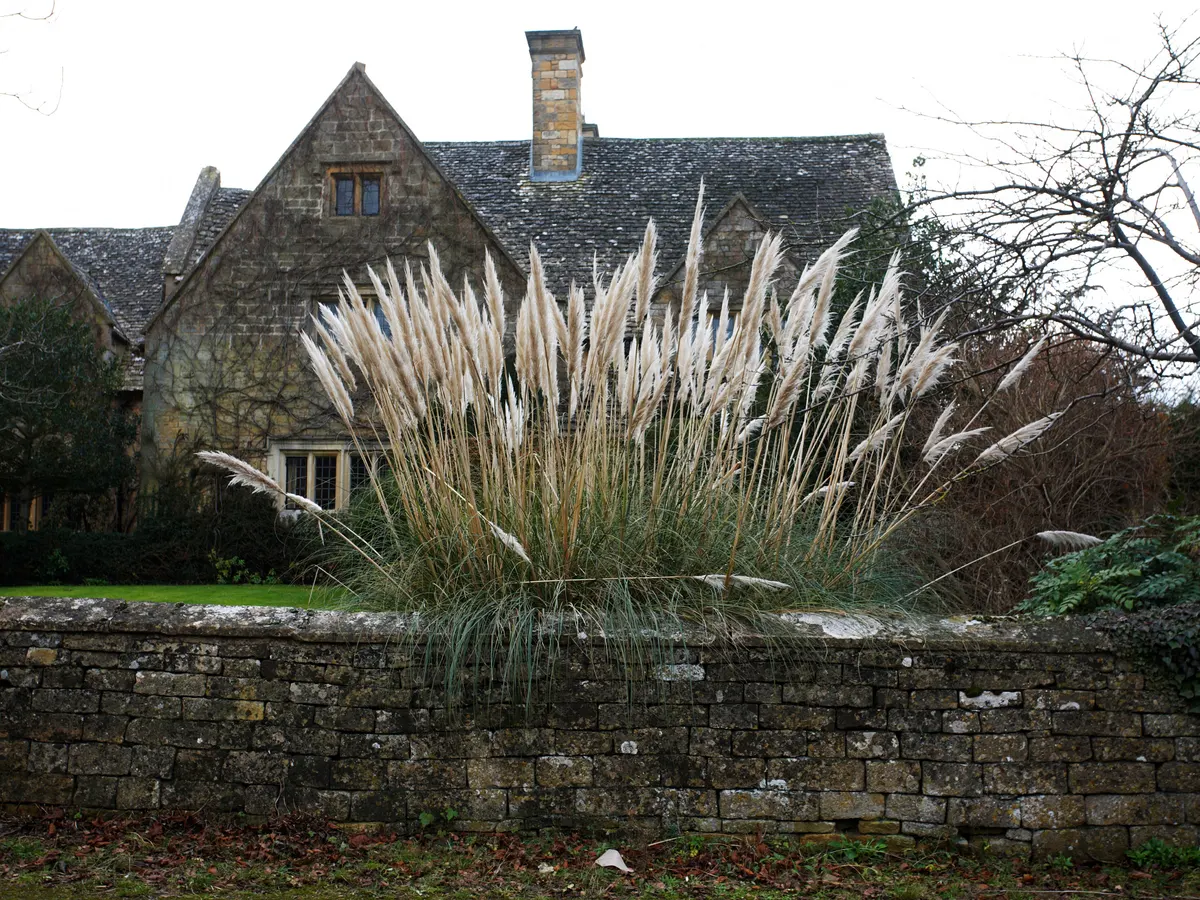

0 thoughts on “What Do Curtains Symbolize”